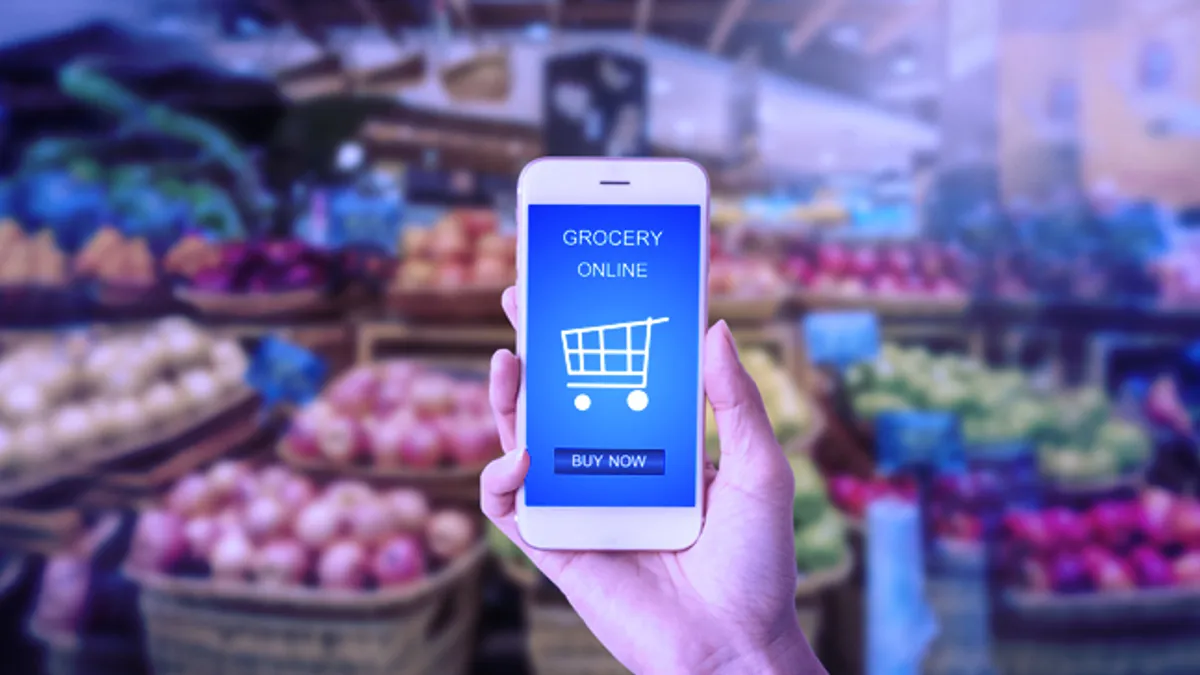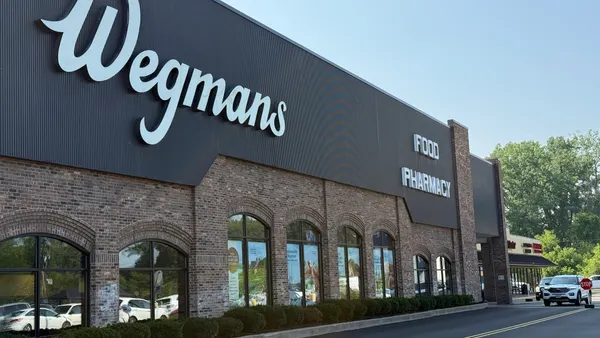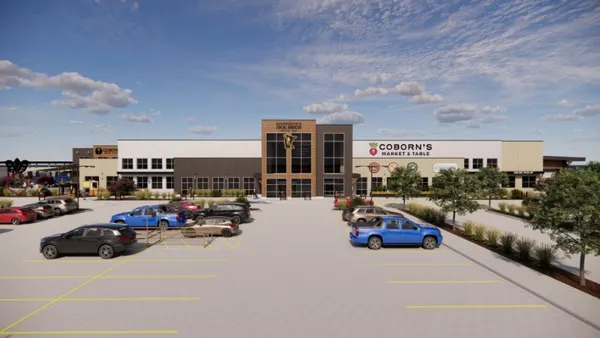- Sixty-two percent of consumers say they miss discovering items not on their list when shopping online.
- Search remains an inexact science on most grocery sites.
- Integrated intelligent search fills the gap. It converges the critical building blocks of product, consumer, and personal data on a platform and then serves up individualized content
Consumers have flocked to online grocery shopping during the pandemic but say they miss the impulse buys that are a staple of the physical store experience. The industry misses them too: Impulse sales account for 20% of in-store purchases. Here's how retailers can implement integrated intelligent search to provide a more immersive "in-silico" shopping experience – and boost basket size.
Grocery stores are traditionally big beneficiaries of consumers' love of spontaneous purchases. Before the pandemic, consumers made three impulse buys a week, and 70% identified food as the main category. The restrictions of COVID-19 have reinforced the feel-good aspect of impulse buying, with 72% of respondents saying the purchases lifted their spirits, according to an April survey. There's a reason they call it retail therapy.
Yet for all its advantages, online grocery shopping lacks the opportunity to make the impulse buys that fill shoppers' carts. Sixty-two percent of consumers say they miss discovering items not on their list. Search options that fall short are a major obstacle. On most grocery sites, search remains an inexact science, and product recommendations often miss the mark.
How can grocers innovate the online experience so shoppers can not only find what they want easily but also make impulse buys?
The answer is integrated intelligent search. It converges the critical building blocks of product, consumer, and personal data on a platform and then serves up individualized content while managing security and compliance. To replicate spontaneous in-store experiences, platforms bring together image and content analytics, cognitive search, data modernization and e-commerce technologies. They also power the growing commercialization of augmented reality.
The global pandemic has shaped a new consumerism that underscores search's increasing importance. Online grocery shopping surged 237% through August 2020. Even with an impending vaccine, the trend is expected to continue: Eighty-one percent of consumers say they plan to continue buying groceries online.
Integrated intelligent search also provides the transparency and real-time insights that grocers need to serve the growing number of shoppers with dietary restrictions. In the U.S., 190 million consumers have food allergies or health issues that affect their diets.
A Platform to Give Online Shopping the In-Store Feel
Enabling a spontaneous, immersive online grocery experience through integrated intelligent search has four prerequisites:
- Curate accurate product data. With an average of 28,112 items in the typical supermarket, curating accurate product data – including image, ingredients and GDSN attributes – is key to enabling intelligent search and impulse buying. For example, we worked with a multibillion-dollar grocer that reported a 30% increase in quality and search score by enriching and automating its product content. Our team oversaw the transformation of the grocer's content operations. We enriched 45 million attributes, many through machine learning. In addition to improved search, the company reported a 27% increase in page views, 25% boost in add to cart and 13% reduction in returns.
- Leverage consumer data for greater insights. Consumer data is a building block for integrated intelligent search. Many retailers are already looking to drive top-line growth by putting consumer data to better use. In addition to search, the resulting real-time insights and customer profiling improve merchandising, allocation and planning, and forecasting. It's a push that has a big payoff. When a global convenience store retailer took steps to measure, analyze and track customer data and then craft more relevant offers, it reported sales of top-selling basket items increased by 25% – even during COVID-19. Our team partnered with the chain to develop an accurate view of consumer purchases and identify critical risk customer segments. We also measured omni-channel sales performance and enabled hyper-personalization. Business outcomes for the convenience store included more accurate demand forecasting and new insights into supply chain traceability.
- Protect personal data. Knowing shoppers' likes and dislikes is at the heart of integrated intelligence search, yet the proliferation of data protection laws such as GDPR and CCPA has reshaped how retailers treat consumer data. The laws require companies to serve as data stewards, and data has to be accessible and securely protected. When a multibillion-dollar global consumer goods company needed a way for customers to store personal and protected data, we built a secure, compliant platform. The platform houses customer details &ndash skin type, allergies and other skin sensitivities – that are considered personal protected information (PPI) or sensitive personal information (SPI). As a result of the platform, the brand's customers now receive highly personalized offers, and our client wins by driving larger basket size.
- Build a platform ready for innovative experience. The surge in online food shopping is a mandate for grocers to create next-generation platforms that enable spontaneity and impulse buys in an immersive "in silico" experience. Platforms play a key role in bringing creative content and deeply personal offers to shoppers at select moments during the customer journey. How the information is shared, and the absolute fit for each shopper, influences shoppers' perception of offers as value rather than clutter, and ultimately leads to large basket sizes. For example, by implementing personalized marketing and content for dozens of brands, a global retailer and consumer products firm reportedly boosted its conversion rate by 32% and increased customer engagement 20%.
Food for thought
Given impulse buys' value to grocery store revenues, the business case for bringing more product discovery to the online experience is significant. Based on an August survey that estimated 59.5 million online grocery orders for the month, and an average order value of $95, the additional upside to top-line revenue to the grocery industry might be as much as $560 million a month or $6 billion annually.
Grocers that embrace this challenge and create a single immersive platform that converges product, consumer and personal data will better engage customers with connected, personalized experiences that pay dividends.
To learn more, visit the Retail and Consumer Goods sections of our website or contact us.










